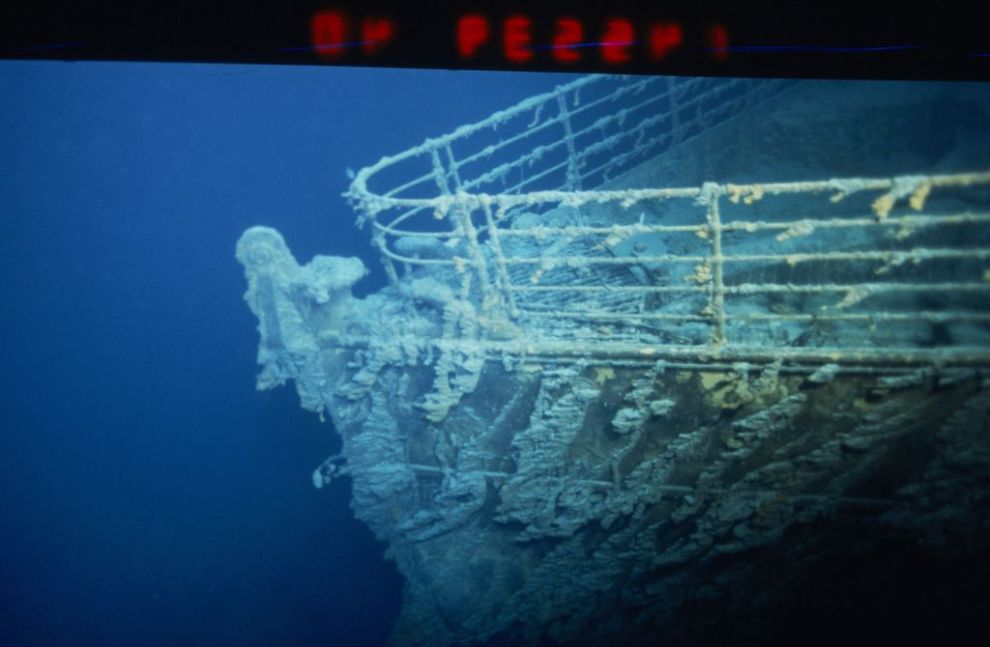An Ohio billionaire is set to embark on a groundbreaking journey to the Titanic wreck site, aiming to showcase the safety advancements in deep-sea exploration. Larry Connor, a real estate investor from Dayton, plans to dive more than 12,400 feet to the Titanic wreck in a state-of-the-art submersible. This mission follows the tragic implosion of OceanGate’s Titan submersible last year, which killed all five people on board.
Connor’s partner in this venture is Patrick Lahey, co-founder of Triton Submarines. Lahey has designed the Triton 4000/2 Abyssal Explorer, a $20 million vessel capable of repeatedly reaching Titanic depths. Connor expressed his motivation to the Wall Street Journal, saying, “I want to show people worldwide that while the ocean is extremely powerful, it can be wonderful and enjoyable and really kind of life-changing if you go about it the right way.”
A Technological Marvel
The Triton 4000/2 Abyssal Explorer represents a decade of Lahey’s vision and advancements in materials and technology. “Patrick has been thinking about and designing this for over a decade. But we didn’t have the materials and technology,” Connor explained. “You couldn’t have built this sub five years ago.”
The tragic implosion of the Titan submersible in June 2023, which killed OceanGate CEO Stockton Rush and four others, underscored the need for safer exploration methods. Lahey and Connor aim to demonstrate that deep-sea voyages can be conducted safely. “He called me up and said, ‘You know, what we need to do is build a sub that can dive to [Titanic-level depths] repeatedly and safely,’” Lahey recalled.
Connor, undeterred by the risks, has previously dived to the Mariana Trench. He believes that their new submersible will restore confidence in deep-sea exploration. Despite the chilling effect of the Titan disaster, Lahey remains optimistic. “This tragedy had a chilling effect on people’s interest in these vehicles,” he admitted. “It reignited old myths that only a crazy person would dive in one of these things.”
Lahey and Connor are confident that the Abyssal Explorer’s design, adhering to rigorous safety standards, will set a new benchmark. Industry expert Ray Dalio echoed this sentiment, stating, “In that situation they were experimental, they didn’t have certification, and they were not representative of what subs are. Anyone who is knowledgeable would have no reservations.”
The exact date of Connor and Lahey’s voyage remains undisclosed, but their mission is clear: to prove that deep-sea exploration can be safe, reliable, and transformative.

